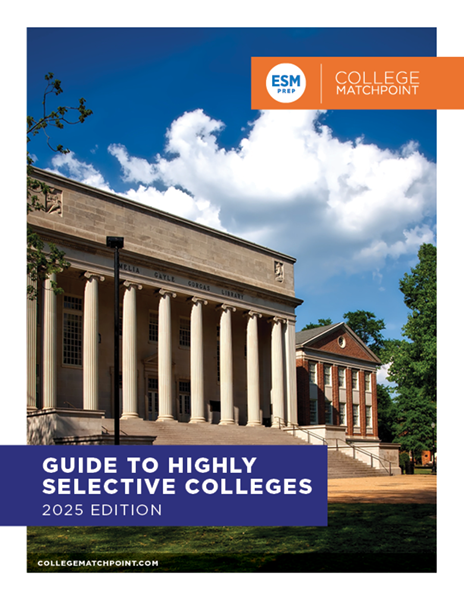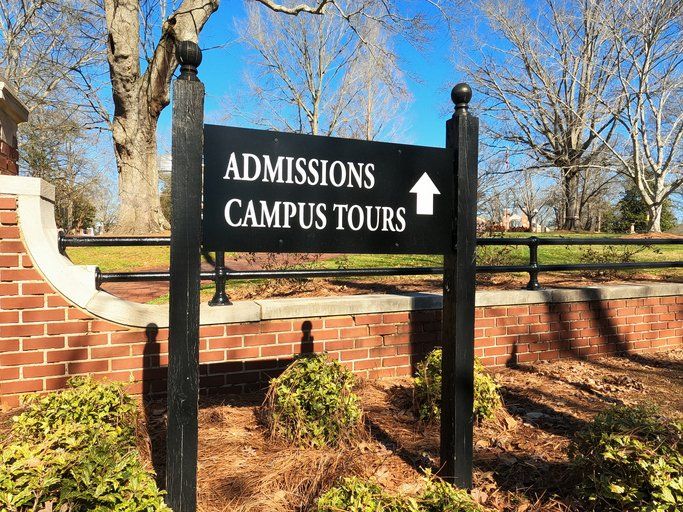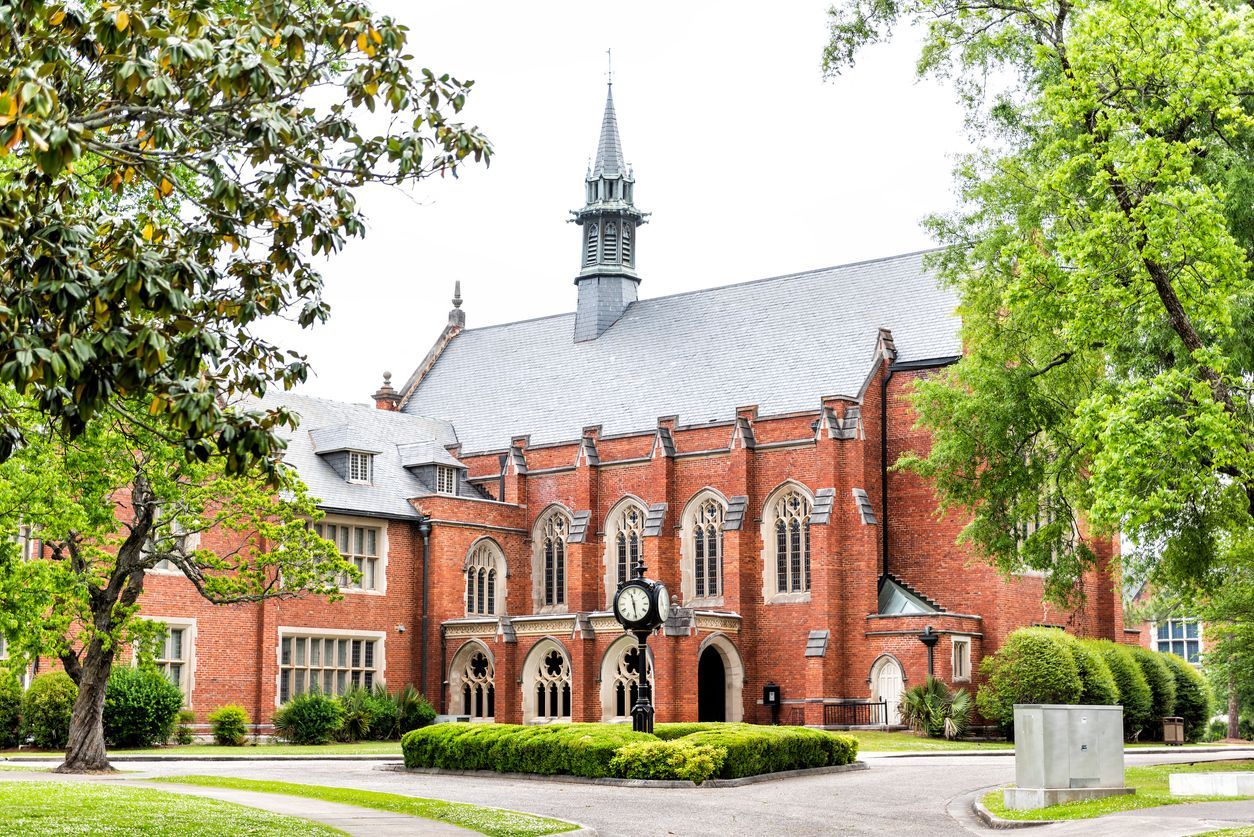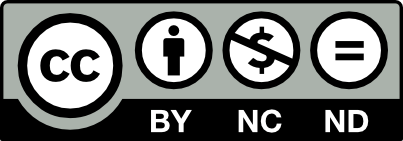This page is licensed under Creative Commons under Attribution 4.0 International. Anyone can share content from this page, with attribution and link to College MatchPoint requested.
Navigating an Increasingly Competitive Landscape
What 2025 Admissions Results Reveal—and What Families Should Do Now
This year’s results confirm what many families feared:
Record application volume
Early Decision fills 50%+ the class
"Fit to major" is no longer optional
Southern schools applications surged
📈 TAKEAWAY #1
Application Inflation Isn’t Slowing Down
The Class of 2025 submitted over 8 million college applications through the Common App—a 6% increase from last year. NYU has seen a 53% rise in applications over the past five years, and UT Austin experienced a 24% spike just this year. As families seek out more accessible options, public universities are growing faster than privates—making them increasingly competitive for all applicants. Growth is strongest in the Southwest and South, with Texas leading the way and Florida close behind. Even academically accomplished students are encountering more unpredictable results across the board.
🔢 KEY STAT
Columbia received nearly 60,000 applications in 2025—for fewer than 2,500 spots.
🚀 WHAT YOU CAN DO
Students must be intentional when crafting their college list—and include targets and likelies where they can truly thrive.
🕒 TAKEAWAY #2
Applying Early Is the New Power Move
Colleges are no longer just rewarding early applicants—they’re building their classes around them. Many top schools now fill over 50% of their incoming class in early rounds. At Boston College, Early Decision applications rose 15% this year, while Vanderbilt saw an 11% increase. The advantage is clear: Duke admitted roughly 16% of Early Decision applicants this year, compared to just 5.1% in Regular Decision. Early applicants are typically more focused and aligned with institutional priorities, making the Regular Decision pool not only smaller—but significantly more competitive.
🔢 KEY STAT
Emory admitted 28% of Early Decision applicants—compared to just 8% in Regular Decision.
🚀 WHAT YOU CAN DO
If you have a clear top-choice school and it’s a financial fit, applying Early Decision can significantly boost your odds.
📝 TAKEAWAY #3
Test Scores Are Back—and They Matter
Testing is once again becoming a decisive factor in college admissions. Dartmouth, Yale, Brown, and Penn have reinstated testing requirements, and even at schools that remain test-optional, submitting strong scores significantly improves outcomes. For the first time since 2020, more applicants submitted SAT or ACT scores than applied test-optional—a clear sign that families are recalibrating. Test-optional does not mean test-ignorant: schools value strong scores as a way to confirm academic readiness, especially for competitive programs and scholarships.
🔢 KEY STAT
At University of Virginia, students who submitted test scores had a 26% admit rate—compared to just 14% for those who didn’t.
🚀 WHAT YOU CAN DO
Strong SAT or ACT scores in the top quartile now give students a clear edge—especially for selective majors and public universities. With 92% of students planning to test and 33% taking both exams, families are recalibrating their strategy to stay competitive.
DOWNLOAD THE FULL SUMMARY
Key Admissions Stats from 2025's Most Competitive Colleges
💼 TAKEAWAY #4
What You Want to Study Matters A LOT In Admissions
Colleges are increasingly admitting by major, and the differences in selectivity are more dramatic than ever. It’s no longer just about getting into a school—it’s about getting into your specific program of interest. Highly selective majors like business, computer science, engineering, and nursing are now some of the toughest admits on campus, often with acceptance rates significantly lower than the college’s overall rate.
🔢 KEY STAT
UCLA’s Computer Science admit rate dropped below 3%—lower than most Ivy League schools.
🚀 WHAT YOU CAN DO
Show your academic readiness by taking advanced courses and pursuing activities that align with your intended major. Go beyond résumé-padding by demonstrating authentic intellectual curiosity through research, internships, or leadership. Independent projects and summer programs can highlight your deep engagement and genuine interest in the field.
🌞 TAKEAWAY #5
Southern Schools Are the New Selectives
Fueled by academic investment, national athletic success, and rising prestige, Southern universities have rapidly become some of the most competitive colleges in the country. Schools like Duke, Vanderbilt, Tulane, Georgia Tech, and the University of North Carolina are no longer regional standouts—they’re now attracting top-tier applicants from across the globe. In fact, their acceptance rates are on par with—or lower than—many Ivy League schools. Students are drawn by a combination of rigorous academics, vibrant campus life, and strong alumni networks, driving record-high application numbers and record-low admit rates. What used to be considered a “smart safety” is now a high-stakes reach, especially for out-of-state applicants navigating a far more selective admissions landscape.
🔢 KEY STAT
The University of Georgia’s applications rose 67% since 2020; admit rate fell from 46% to 33%.
🚀 WHAT YOU CAN DO
Popular Southern schools are no longer “safeties” or even “possibles”—they require strong academics and strategic positioning, especially for out-of-state applicants.
We have a unique approach at ESM Prep College MatchPoint. It all begins and ends with our ultimate goal: for our students to thrive in their selected college.

To get started, we invite you to schedule a complimentary 30-minute strategy session with our co-founder and senior college coach, Bob Carlton. In this one-on-one conversation, Bob will help you develop a customized plan based on where your student is right now and where they want to go. It's a great first step toward a college journey that feels focused, empowering, and aligned with your student’s goals.
🌞 TAKEAWAY #6
Athletics Are Accelerating the Application Boom
Powerhouse athletic programs are transforming the admissions landscape at large public and private universities alike. Schools like Notre Dame—long known for their athletic legacy—are now seeing unprecedented national attention, with more applicants drawn by the combination of academic strength and spirited campus life. The result: application surges and tightening admit rates, especially for out-of-state students. What was considered a solid “match” just five years ago is now a high-stakes reach at many big-name schools riding the wave of athletic success and brand visibility.
🔢 KEY STAT
The University of Michigan’s overall admit rate is now just 17%, with out-of-state students admitted at an even lower rate of 12%.
🚀 WHAT YOU CAN DO
Don’t underestimate these schools—treat them like the selective institutions they’ve become by submitting strong, tailored applications that show academic alignment, standout involvement, and genuine interest.
🌞 TAKEAWAY #7
Out-of-State Applicants Are Getting Squeezed
Public flagships are tightening the reins on out-of-state admissions as they respond to state mandates, rising in-state demand, and yield management pressures. At schools like UT Austin, Michigan, and UNC-Chapel Hill, non-resident admit rates are now under 15%, making them more selective than many private colleges. For students applying from beyond state borders, these schools should no longer be considered admissions “safeties.” A compelling narrative, strong academic profile, and demonstrated interest are essential for standing out in an increasingly competitive pool.
🔢 KEY STAT
UVA’s 2025 admit rate was 23% for Virginians—but just 12.5% for out-of-state applicants.
🚀 WHAT YOU CAN DO
Public flagships are no longer safe bets for out-of-state students, with admit rates often far lower than for in-state applicants. Researching residency-based admissions policies is essential for building a smart, balanced college list.
DOWNLOAD OUR GUIDE TO
Highly Selective Colleges
Applying to a highly selective college can be daunting, but if your student has their heart set on one, there are some guidelines they can follow to help them stand out from the crowd. This guide discusses what highly selective colleges look for in students, how to achieve "depth" in activities, and the importance of having a specific application strategy for the most selective schools.

🌞 TAKEAWAY #8
Institutional Priorities: The Hidden Force Behind Final Decisions
Powerhouse athletic programs are transforming the admissions landscape at large public and private universities alike. Schools like Notre Dame—long known for their athletic legacy—are now seeing unprecedented national attention, with more applicants drawn by the combination of academic strength and spirited campus life. The result: application surges and tightening admit rates, especially for out-of-state students. What was considered a solid “match” just five years ago is now a high-stakes reach at many big-name schools riding the wave of athletic success and brand visibility.
🔢 KEY STAT
The University of Michigan’s overall admit rate is now just 17%, with out-of-state students admitted at an even lower rate of 12%.
🚀 WHAT YOU CAN DO
Don’t underestimate these schools—treat them like the selective institutions they’ve become by submitting strong, tailored applications that show academic alignment, standout involvement, and genuine interest.
What does this intense competition mean for current high school students aiming high?
Control What You Can
- Dive deeper into activities showing genuine interests and independent drive
- Engage in intellectual pursuits beyond your school curriculum
- Strive for academic rigor and strong test scores if possible
- Research colleges deeply to articulate your fit thoughtfully
Keep Perspective
- Craft a balanced list by considering a wide range of colleges beyond just the most selective schools
- Know that institutional priorities, like an increased commitment to recruiting first-gen students, impact outcomes
- Understand that being "unhooked" makes admissions more challenging
- Remember, not getting into an Ivy doesn't define your potential or worth
Next Steps
By controlling what you can, keeping perspective, and starting early, you can maximize your chances of admission to highly selective colleges. The best thing you can do right now is make this summer count:
- Dive deeper into academic and authentic extracurricular passions
- Engage in self-directed learning and high-impact projects
- Positively impact your community or addressing a national or even global issue
Managing Admissions Stress: What Families Can Do
This year’s admissions results are a clear reminder: the college process can be deeply stressful for students and families alike. More than half (52%) of students say applying to college is the most stressful academic experience they’ve faced. Nearly 48% report that anxiety and pressure overshadow their entire college planning journey. But it doesn’t have to be this way. With a steady, values-centered approach, families can shift the tone—reducing stress and helping students stay grounded in who they are.
One of the most effective things you can do as a parent is to clarify your role early on. Students don’t need a micromanager—they need a structure-provider and calm guide. Help them break big tasks into small steps. Celebrate progress, not perfection. Protect space for rest, and remind them that their worth isn’t defined by a single outcome. When you lead with empathy and trust, you give your student room to grow through the process—not just get through it.
Here are five ways to support your student’s mental health during admissions:
- Break tasks into manageable weekly steps
- Celebrate growth and non-college wins
- Build in screen-free, college-free time
- Ask open questions and listen with empathy
- Model calm responses in moments of uncertainty
You might also be interested in











